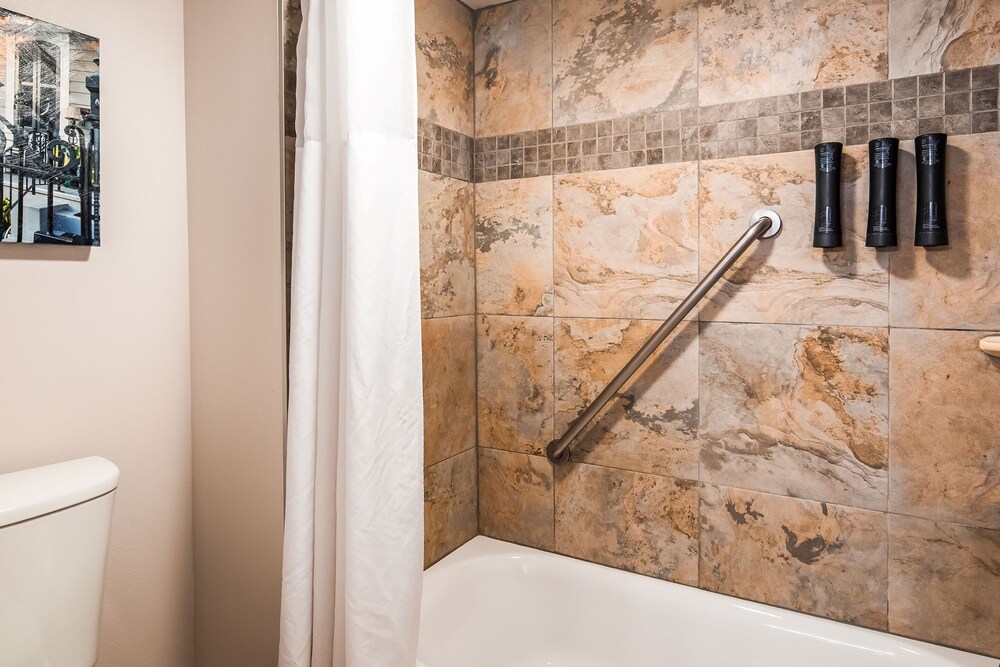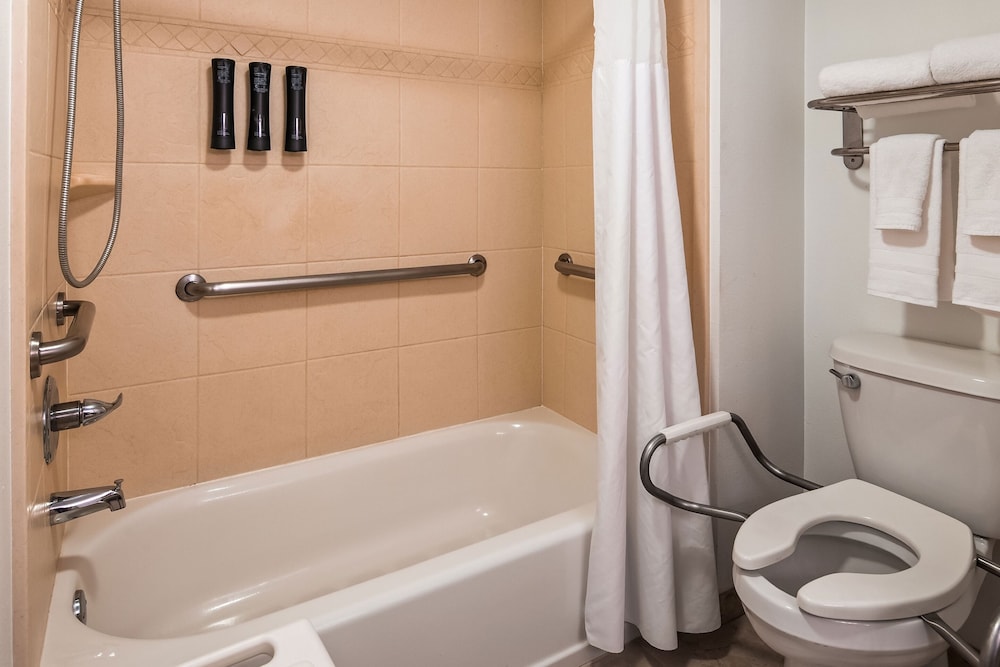Mentioned by GoNOLA.com
5 Places to Get Cookies in New Orleans



"The quintessential museum of Louisiana, the permanent collection includes nearly 40,000 world-class works of regional, national and international art, such as Picasso, Braque, Dufy and Miró, and drawings by Degas, who worked just blocks from the museum when he visited maternal relatives in the early 1870s. Lectures, book clubs, film presentations, art classes and musical performances are all presented with aplomb – and you can even take yoga classes in the sublimely beautiful Sydney and Walda Besthoff Sculpture Garden, where works of the 20th century's master sculptors reside in a sub-tropical sanctuary. 1 Collins C Diboll Circle, noma.org."
"New Orleans Museum of Art, 1 Collins Diboll Circle, (504) 482-1264; www.cafenoma.com. An Americana grain bowl includes chicken breast over wild rice, sweet potatoes, cranberries and baby spinach with warm bacon vinaigrette."


"When I walked into Revelator Coffee and saw all of their unique blends and espresso machines at work, I knew I was in for a treat. Their coffee tastes legit, and you can even buy some coffee grinds to DIY at home. Along with the relaxing music playing, the sounds of their espresso machines were extremely therapeutic while studying."



"Arcing around the east bank of the Mississippi opposite Algiers Point is a riverside park laid out in the 1980s and 90s on the site of former wharves and warehouses. Woldenberg Park fronts the French Quarter and is bordered to the south by the Audubon Aquarium of the Americas and the Entergy Giant Screen Theater. During the French Quarter Festival in early April the main stages are put up in Woldenberg Park."
"Louisiana is a state that is famous for its waterways and bayous, and New Orleans is no exception to the rule. Fronting the French Quarter is one of the best riverside parks in the city – Woldenberg Park. Originally the location of warehouses and wharves on the east bank of the Mississippi, the site was retooled in the 1980s and 1990s into a park."
"For example, at the Woldenberg Riverfront Park is a 16-acre park in front of downtown near everything. Woldenberg Riverfront Park is a wonderful place to go jogging or picnic. You’ll find people playing their music in the park."


"St. Louis Cathedral is an iconic landmark of the French Quarter, located in front of the Jackson Square. It is the oldest cathedral in the United States. It has Renaissance and Spanish Colonial type architecture."

"After voodoo (or vodou) came to New Orleans in the 1700s—first via West African slaves, then with Haitians after the Haitian Revolution—it entwined with the city’s identity. Which is why, since the 1970s, a French Quarter visit has been deemed incomplete without a stop at the tiny Historic Voodoo Museum. If it’s lore you seek, you’ll find it here."



"A post shared by Whitney Plantation (@whitneyplantation) on Mar 29, 2018 at 1:39pm PDT Unless you have a car with you, it’s highly unlikely that you’ll be able to visit a plantation the same day as doing a swamp tour because they’re located far apart. However, if you do choose to do a plantation tour, choose Whitney Plantation, the only plantation museum in Louisiana with a focus on slavery. Unfortunately, I did not do my research and visited a different plantation house and was incredibly disappointed that they didn’t address slavery whatsoever."
"The Whitney plantation is the first American museum dedicated to slavery. It has records of memoirs from literate slaves and their experiences. The Whitney plantation focuses on the institution of slavery. The Laura plantation is a creole owned plantation whereby the family tell the history of the their generation."
"If you’re going to visit any plantations, please make The Whitney Plantation a priority. It’s the first slavery museum in America, dedicated to telling the history of slaves in their own words, taken from historical records."

"Located in a French Quarter building where the nation’s first licensed pharmacist, Louis J. Dufilho, Jr., lived and practiced in the 1800s, the New Orleans Pharmacy Museum is a time-travel extravaganza. You can visit independently, but the insightful (and included with admission) 1 p.m. tour on weekdays is worthwhile to hear about medicine’s fascinating, unsterilized history and to eyeball some seriously iffy relics, like lead syringes, bottles once filled with opium-based teething formulas, strychnine-laced cosmetics, and over-the-counter heroin; plus, here’s your chance to view a pig’s-rib toothbrush and a calcified goat’s hairball."
"Experience what getting medical treatment was like in 1823 at the New Orleans Pharmacy Museum. The building is listed on the National Register of Historic Places as a historic building, and the exhibits offer plenty of historical curiosity as well. Get a glimpse into questionable 19th century medical practices and step into a recreated physician’s study and sick room."
"This old apothecary shop is now a museum with medicines, surgical instruments, journals, and an 1855 soda fountain. The museum also highlights the role of Louis J. Dufilho, Jr., America’s first licensed pharmacist and the owner of the apothecary. A newly renovated courtyard also contains a garden of herbs that were used for medicinal purposes."

"Lower Ninth Ward, naturallyThis neighborhood of New Orleans, East and across the Industrial Canal from the hipster-inflected Bywater, is most notable in the media for two things. Firstly, it was one of the hardest hit by Katrina flooding, and is still one of the last to fully recover."
"Explore the history of New Orleans' historic Lower 9th Ward pre-, during, and post- Hurricane Katrina. Admission is always free."



























































































